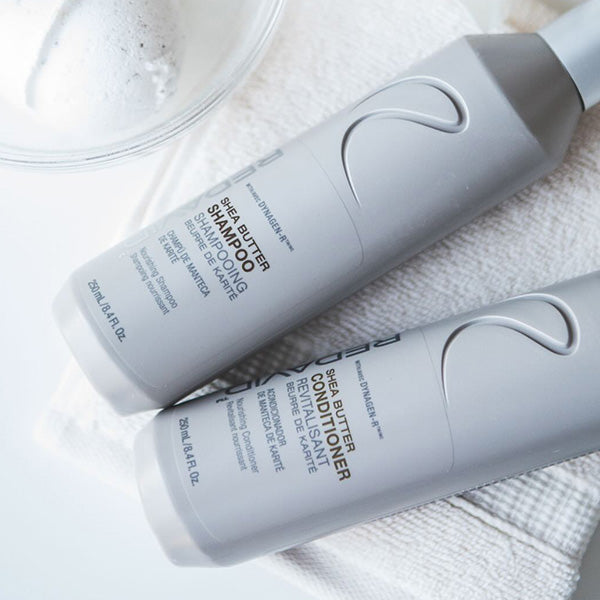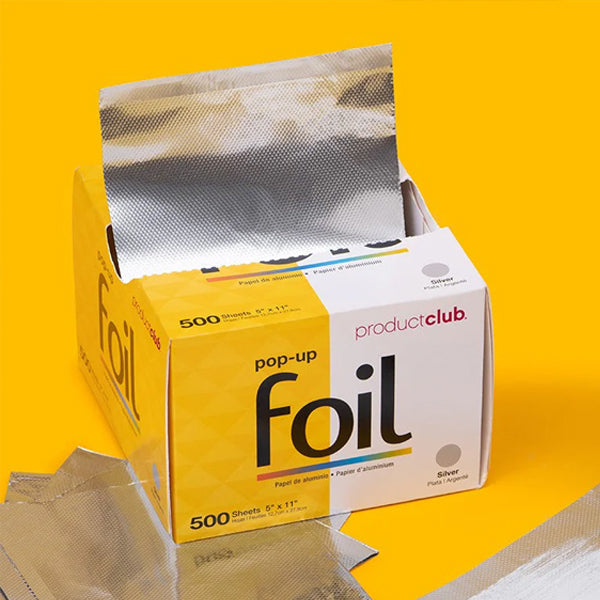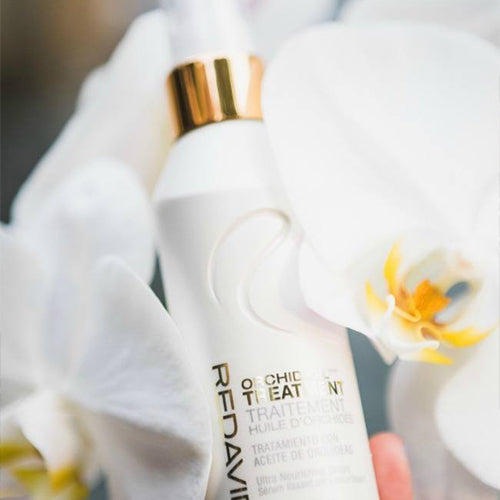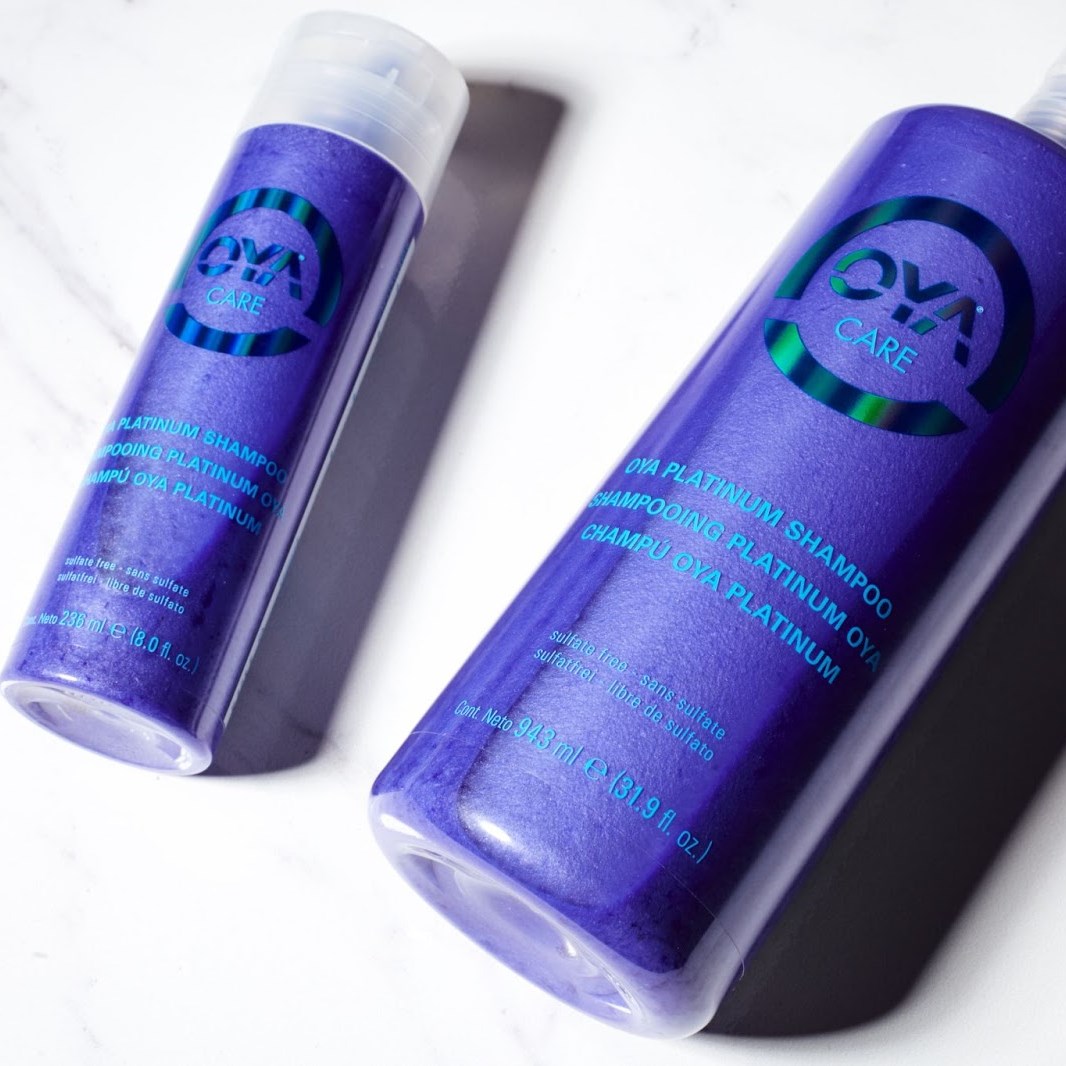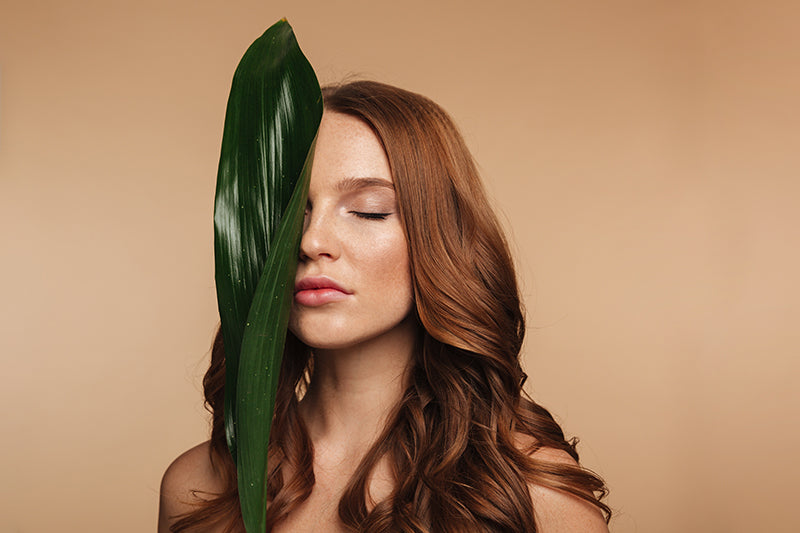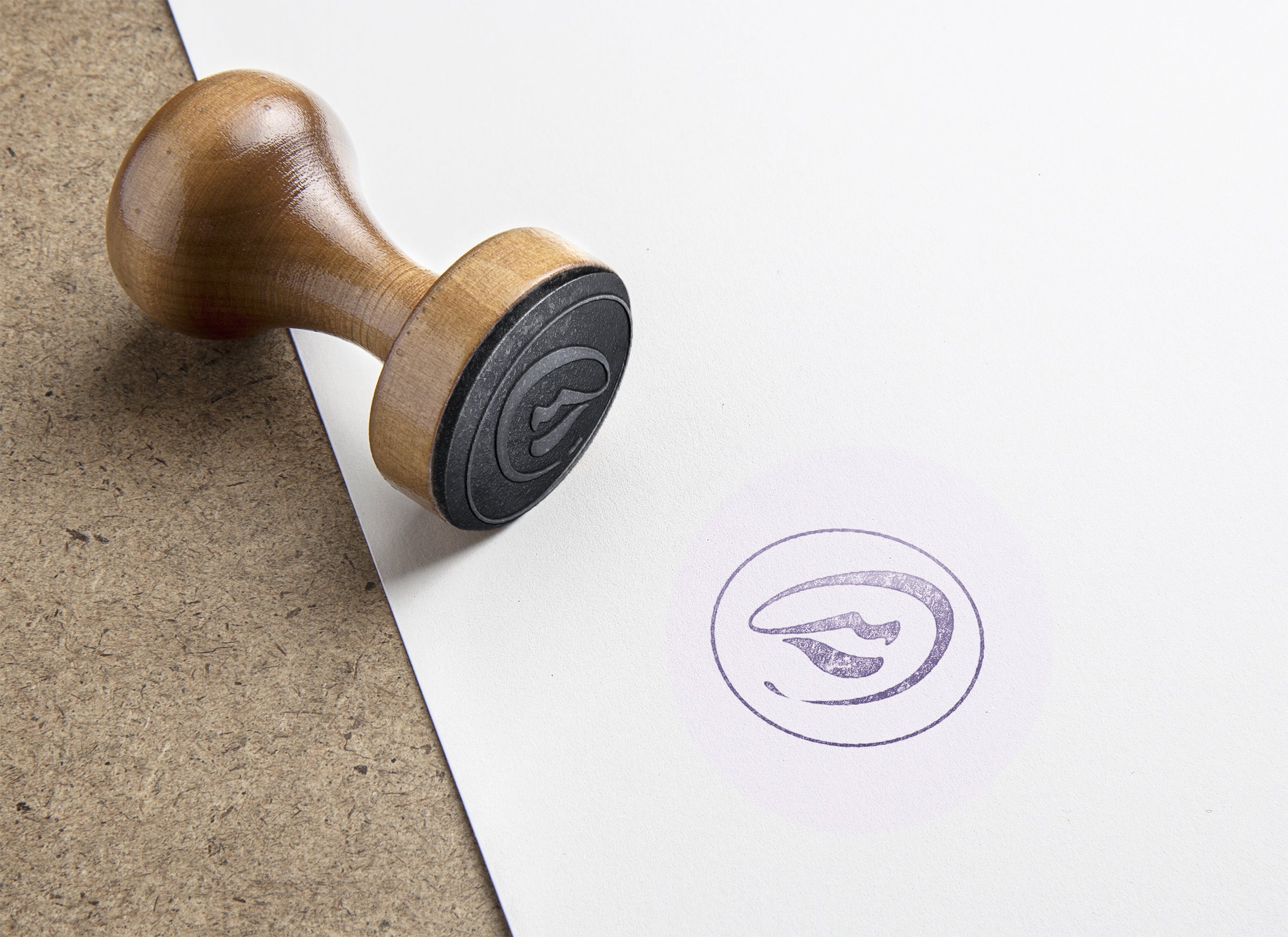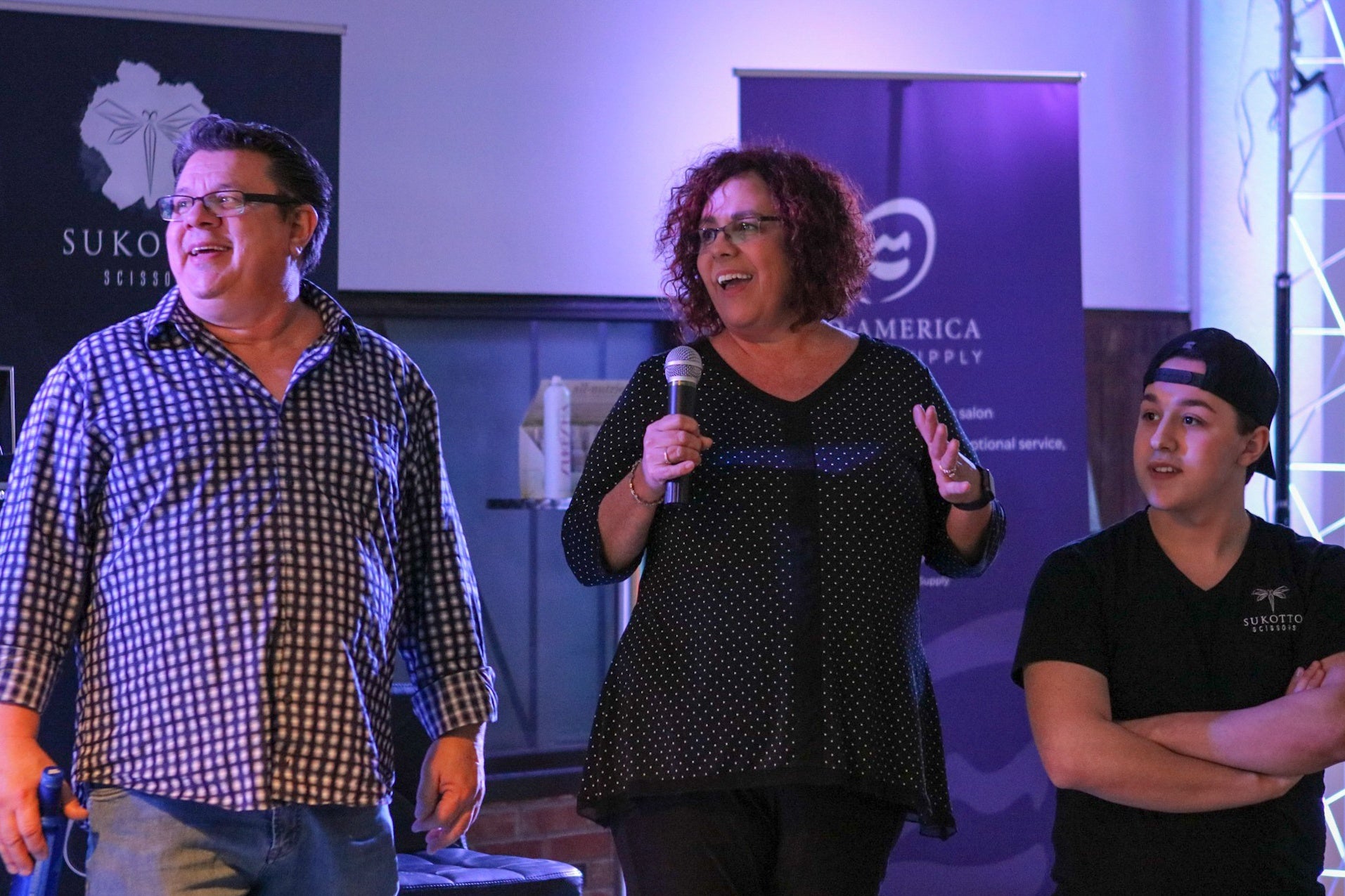Texture Longevity: How to Build Style Memory Into the Hair So It Performs Past Day One
Stylists spend hours sculpting movement, volume, and shape—but too often, clients report that the style disappears after the first wash or even overnight. The key to creating hair that remembers its shape lies in understanding texture memory—how the hair’s internal structure, cut design, and finish technique work together to help it hold form naturally. A strong finish starts with smart design, not just good product.
1. What “Style Memory” Actually Means
Style memory is the hair’s ability to retain a shape or pattern after styling. It depends on three main factors:
-
Internal structure — determined by how you cut and distribute weight.
-
Moisture and protein balance — impacts elasticity and responsiveness to tension.
-
Finish direction and heat setting — defines how hydrogen and disulfide bonds reform after styling.
Healthy, well-balanced hair with proper internal tension holds a blowout or curl longer because the internal bonds reset evenly.
2. Cutting for Longevity: The Foundation of Memory
A style that lasts begins long before the dryer. Layer direction, density removal, and perimeter tension directly affect how hair behaves after day one.
-
Design movement into the cut: The more aligned your elevation and over-direction are with the intended finish, the more predictably hair will fall.
-
Respect weight distribution: Over-texturizing weakens structure; controlled internal layering gives bounce without collapse.
-
Account for gravity: Sections that are cut too square tend to drop flat after 24 hours; rounded or beveled sections keep lift.
In other words, cut memory into the shape, not just into the finish.
3. Product & Prep: Setting the Foundation Before Heat
The prep phase determines whether styling products work with the hair or sit on top of it.
-
Pre-balance the canvas: Light protein or bond-supporting primers even out porosity.
-
Choose the right foundation product:
-
Fine hair: volumizing foam or root lift spray for internal grip.
-
Coarse or wavy hair: lightweight smoothing serum or moisture-rich cream for flexibility.
-
Damaged hair: leave-in bond protectant to prevent structure collapse from heat.
-
-
Distribute tension evenly: Blow-drying or setting under consistent pull ensures that bonds reform evenly, locking in memory.
4. Heat, Direction, and Cooling: The Unsung Heroes of Hold
Hydrogen bonds form when hair dries and cools in a specific shape. Rushing the cool-down erases memory before it’s set.
-
Always allow full cool-down before releasing curls or brushes.
-
Use directional blow-drying—from root to end—to align cuticles and increase reflective memory.
-
Alternate hot and cool air on dense zones (crown, nape) to lock in lift.
-
Finish with cold air or a blast of dry shampoo to seal alignment and remove excess moisture.
The style should set, not just dry.
5. Teach Clients the “Memory Routine”
Home care determines how long that salon texture survives. Educate clients to:
-
Sleep with loose silk wraps or scrunchies to preserve pattern.
-
Revive shape with water-based reactivator sprays rather than heavy restyling.
-
Avoid overloading oils or sprays that weigh down internal movement.
-
Re-train shape mid-week with a cool air pass, not re-heat.
“We designed your cut to hold its own. The right routine just reminds it what to do.”
This simple conversation reframes maintenance as activation, not effort.
6. When Hair Lacks Memory
If hair constantly loses its set:
-
Check elasticity—it may need strengthening.
-
Check porosity—uneven moisture retention means bonds can’t form properly.
-
Review cut alignment—if sections oppose natural fall, hair resists direction.
-
Evaluate product buildup—film-forming silicones or minerals can block new bonds from setting.
Reset with clarifying, protein, or bond-building treatments before restyling.



